-
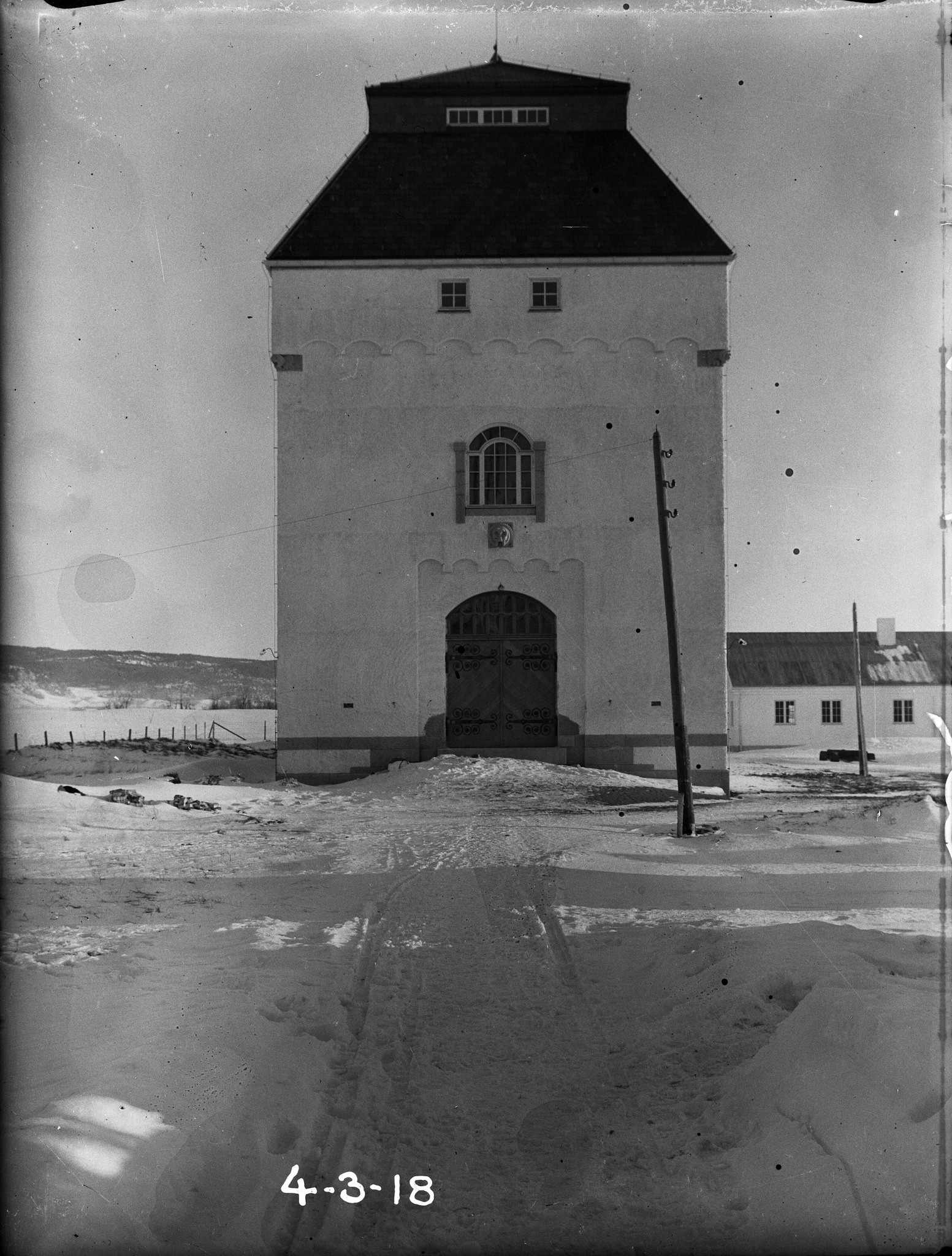
The Waterpower Laboratory and the electrification of Norway
Today, many of us take Norway's electricity for granted, just as students and staff at NTNU's Gløshaugen campus do not think about how the first buildings here were once surrounded by farmland.
Three different disciplines at NTH collaborated in research and education linked with the development of hydropower in Norway. The Department of Civil Engineering was responsible for dam and watercourse structures, and the Department of Electrical Engineering was responsible for generators, dynamos and power transmission. Professor Sundby, NTH’s first professor of hydraulic engineering, pioneered the Department of Mechanical Engineering, which focused on turbines and hydropower machinery. This portfolio of disciplines became a vital knowledge base for Norway's transition to electric power, in what was called the hydropower triangle.
Source: Thomas Brandy and Ola Nordahl: Turbulens og tankekraft, Historien om NTNU [Turbulence and Mindpower, the History of NTNU], Oslo, P1 ax Forlag AS, 2010: 163.
Photo: Unknown. Source: Department of Energy and Process Engineering, NTNU
-
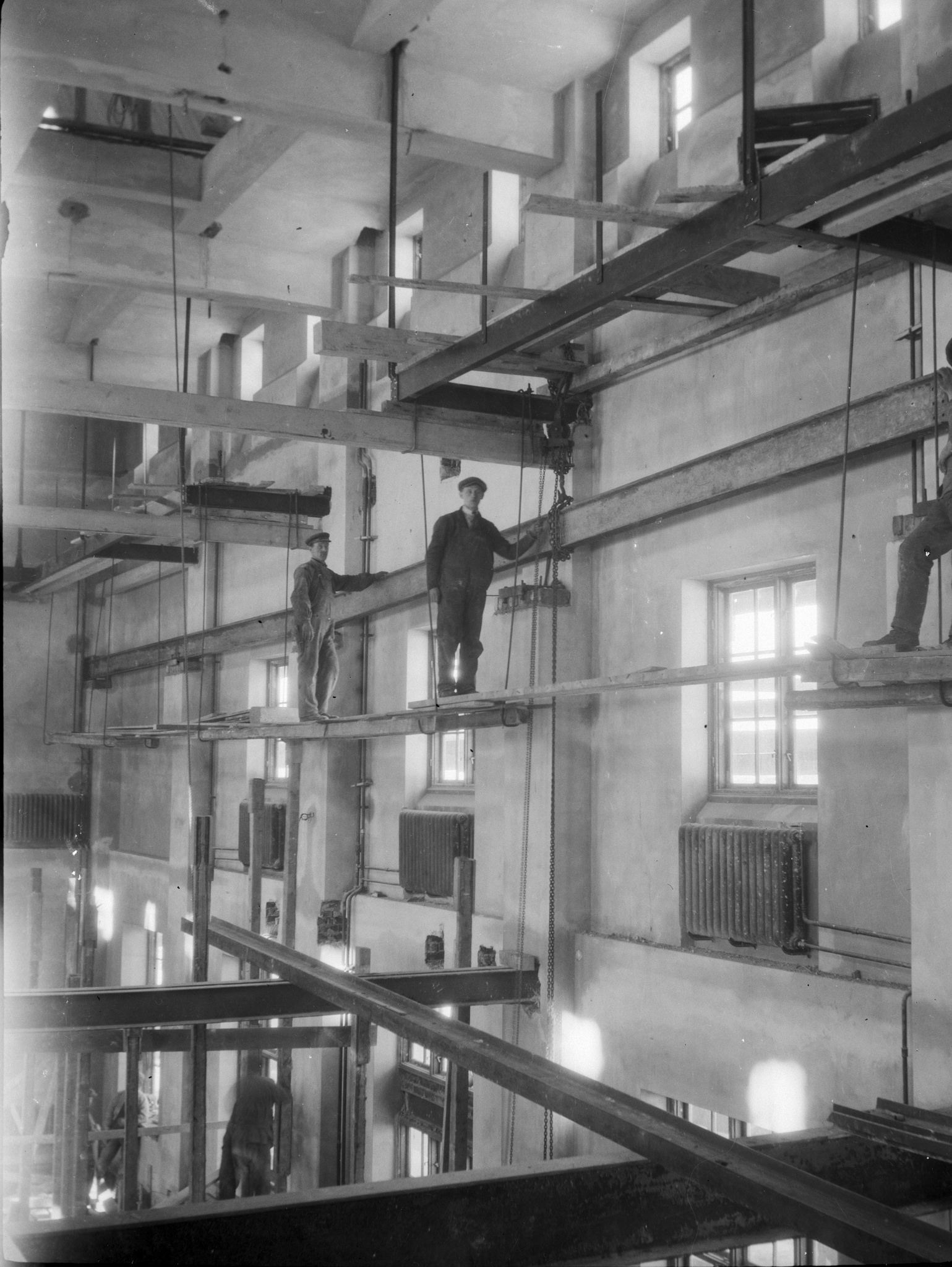
The Waterpower Laboratory gets a helping hand from the top level
The first Professor of Hydraulic Engineering at NTH, Professor Gudmund Sundby, had to fight to get the Waterpower Laboratory built. He applied to the NTH management for funding to build the laboratory. The application was rejected. But Sundby had a plan. Through his former employer Kværner Brug, Sundby had established a strong network, and he contacted his good friend, Norway’s Prime Minister Gunnar Knudsen from the Liberal Party (Venstre). The Liberal Party was campaigning for modernization at that time, and Knudsen was also an engineer.
Sundby persuaded the Prime Minister by arguing that Norway would be a loser in technological competition if it did not keep up with the trend of the times and build a laboratory dedicated to hydropower. And then Norwegian companies would take their contracts to other countries. This was convincing enough to secure the first grant for the laboratory in 1914. NTH received NOK 150,000 to start the process, and funding for the laboratory continued until it was completed in 1917.
Erling Paasche: Oversikt over saker tatt opp i Norges Storting vedrørende Norges Tekniske Høgskole [Summary of matters discussed in Norway's Storting related to Norwegian Institute of Technology], 1898 – 1964, booklet published in 1964: 13; Arne Kjølle: Kværner Brug i 150 år – Manuscript in progress, p. 12.
Photo: Unknown. Source: Department of Energy and Process Engineering, NTNU
-
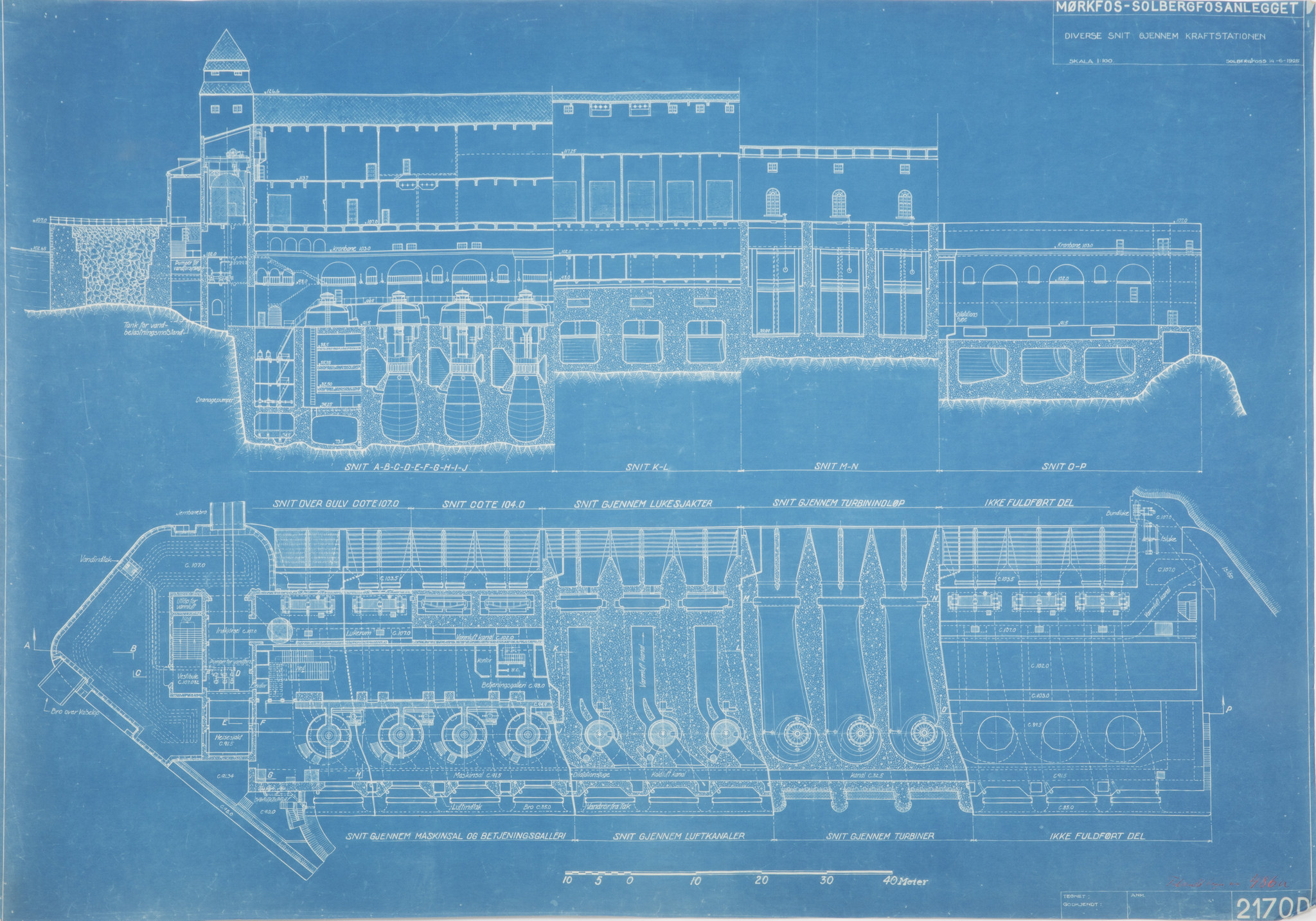
Industrial collaboration that led to NTH success
Sundby had a long track record as a leader in industry, in Kværner, among others. This led to close links between the programme of study and industry. Much of the work at the Waterpower Laboratory involved resolving urgent issues facing Norwegian industry. In this way, the students received relevant and realistic assignments, which would mean a great deal for them after they graduated. The most famous example is the work on the development of Mørkfoss-Solbergfoss.
From 1917 on, together with his assistants Henrik Christie and Leif Sølsnes, Sundby conducted experiments in which they changed the trailing edges of the runner blades to avoid power loss in the draft tube. Twelve different turbine types from Myren and Kværner were tried out and the laboratory contributed to an impressive improvement in the power of blades built by Myren and Kværner. The reward for this collaboration between research and industry was that Kværner and Myren were ultimately able to deliver turbines that were far ahead of their competitors abroad. The Norwegian turbines had an efficiency of 94.6 %, which was a 10 % improvement over the original turbines. This was an impressive success for NTH. The increased power meant that Mørkfoss-Solbergfoss, as well as later developments, had a dramatic increase in earnings.
Lars Thune: Statens kraft – Kraftutbygging og samfunnsutvikling. [Power of the State – Energy projects and the development of society]. Oslo, Universitetsforlaget, 2006: 276-280.
Drawing: The Mørkfoss-Solbergfoss plant. Various sections through the power station.Source: Waterpower Laboratory at NTH, the Norwegian Institute of Technology (1925).
-
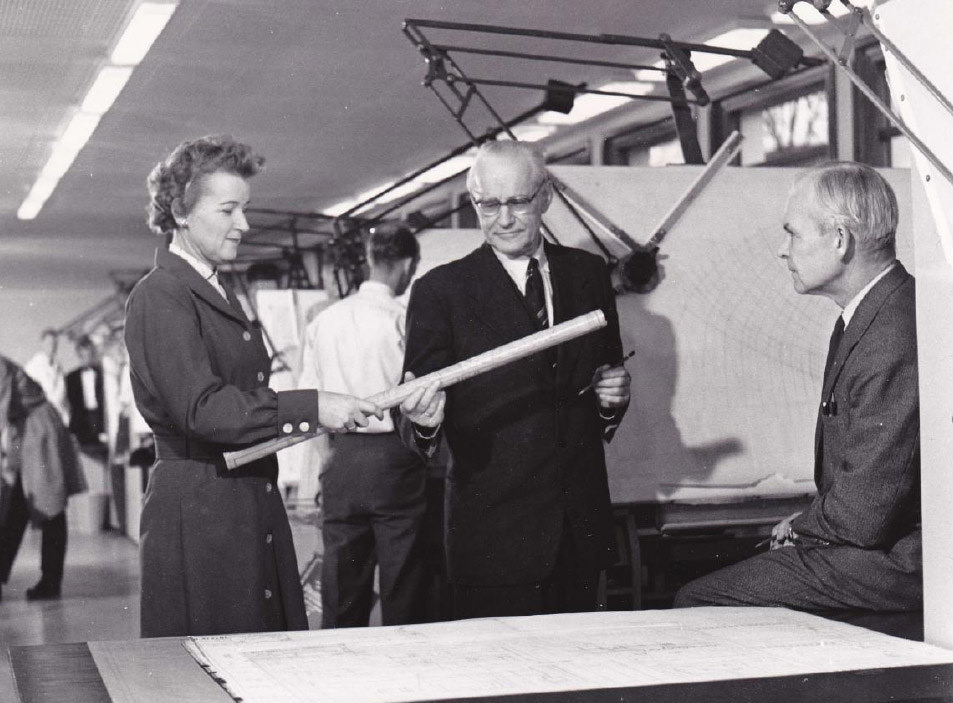
The Kværner collaboration
The collaboration between Kværner and the Waterpower Laboratory was firmly anchored in both the construction of the laboratory at NTH and the development of the Mørkfoss-Solbergfoss plant.
Henrik Christie, another important person in the history of the Waterpower Laboratory, also participated in the model tests in connection with Mørkfoss-Solbergfoss. In 1918, Christie was the first to submit his thesis at the Waterpower Laboratory, which dealt with fluid movements in Pelton turbines. Christie was then appointed by the turbine division of Kværner Brug in 1924, and played a key role in the company's development of Francis runners for high heads.
Hermod Brekke, one of Christie’s most enterprising “students” at Kværner Brug, was later appointed as a professor at NTH in 1981, and he has been an important driving force for the Waterpower Laboratory’s technical and social environment ever since.
Sources:
•Falnes, Jørund (1995) Documentation of historical material from the Waterpower Laboratory at NTH
•Nerheim, Gunnar. (2009, 13 February). Henrik Christie. in Norsk biografisk leksikon. Retrieved 26 May 2017 from https://nbl.snl.no/Henrik_Christie
•"Kværnerturbiner i verdens største kraftverk i Kina". ["Kvaerner turbines in the world’s largest power plant in China"]. Retrieved on 26 May 2017 from http://industrimuseum.no/kvarnerhjul_xblade
Photo: Kværner Brugs Historiegruppe
-
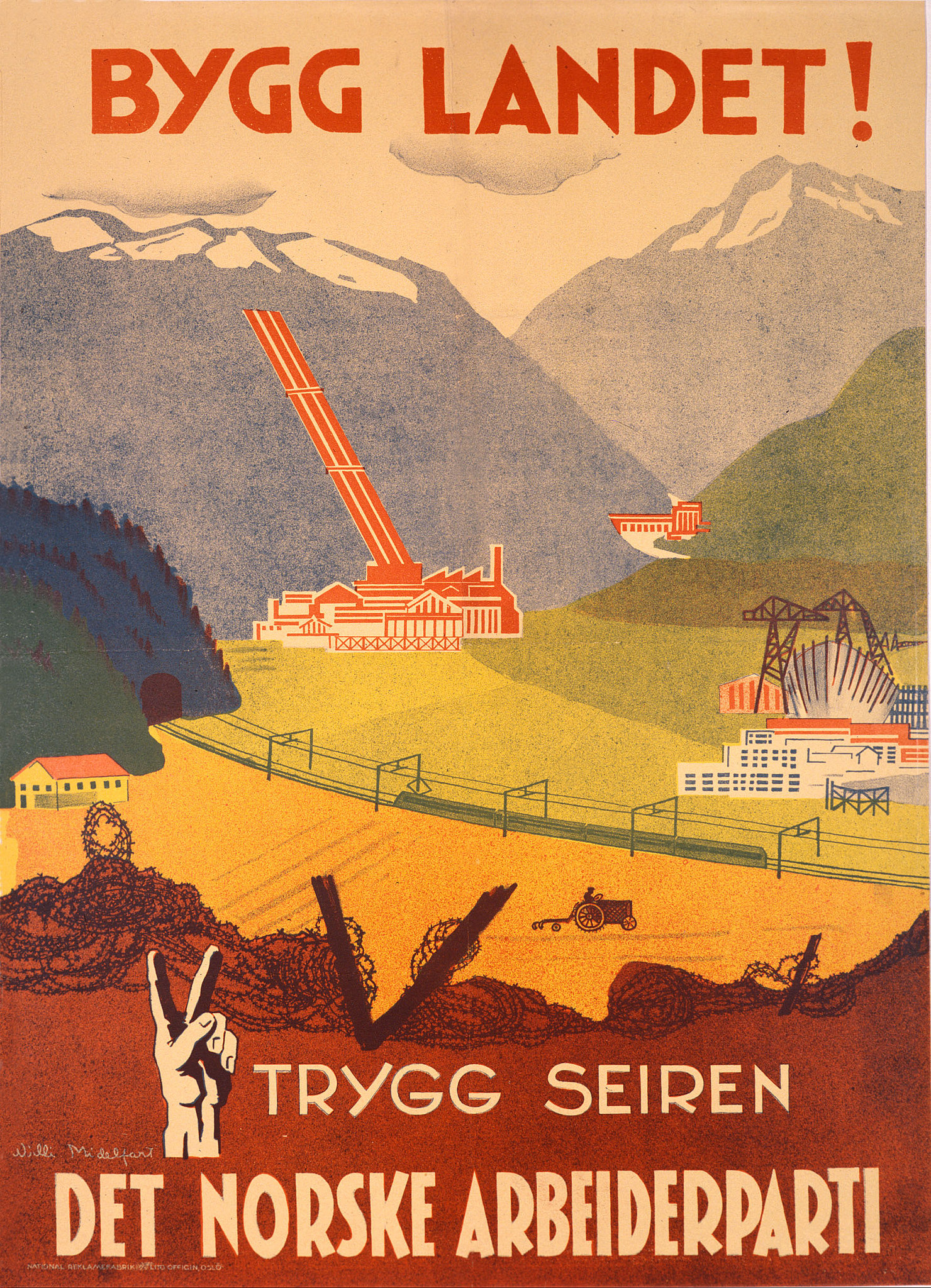
Surging development after World War II
The period from 1950 to 1985 saw the development of most of the exploitable hydropower in Norway. In the 1970s, the development faced challenges: powerful forces in Norwegian society questioned the need for the developments and the way they were being implemented.
At the same time, the beautiful illuminated cathedrals of power were disappearing, because turbines, transformers and control rooms were now built into the rock wherever possible.
In 1980, Norway’s last major environmental action against hydropower took place at Stilla in Finnmark. As in previous actions, the protesters were removed, and the development continued. Still, there is reason to believe that international media coverage of the event had an impact, with hundreds of youthful protesters and 100 police officers on the TV screen interrupting viewers enjoying their coffee. The nature of hydropower development changed, and it slowed down sharply.
Today, the focus on the environmental impact of hydropower is much stronger. One indication is evident in the allocation of research funding from both Norway and the EU, where environmental considerations are an important factor.
Reidar Hugsted: Vannkraften i 80-årene [Hydropower in the 1980s] in Universitetet i Trondheim: Norges Tekniske Høgskole - Årsberetning 1979-80, pp 3-7.
Photo: The Norwegian Labour Movement Archives and Library (Arbark).
-
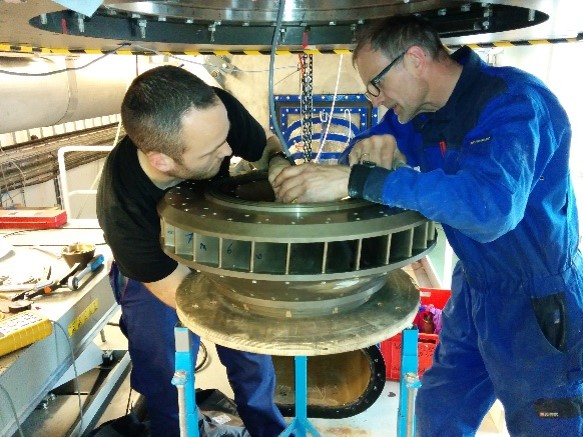
Model tests in the laboratory that makes data available to everyone: Tokke
The new technology resulted in lighter runners that saved costs. But it presented new challenges. The Norwegian state-owned hydropower company Statkraft found this out the hard way. From 1994 to 1999, 3 of the company's 5 new runners cracked. Statkraft responded with major investments in research and development of high-pressure Francis runners.
Statkraft planned to modernize the Tokke power plant in Telemark from 2008 to 2011. The company spent almost NOK 6 million to install a model of the new runner for the Tokke power plant at NTNU's Waterpower Laboratory.
Since then, the Tokke model at the Waterpower Laboratory has been used as a model turbine for projects including Francis-99, a seminar series in which researchers from several different countries meet to share their knowledge. The geometry of the Tokke model and all data associated with the project are openly available. This work method has played an important role for our research and development.
Several PhD candidates from the Waterpower Laboratory are taking part in the project, and the three areas of focus are stable operations, transient operating conditions such as load variation and start-stop, and the link between the pressure pulsations in the water and the runner’s response.
Sources:
•Lie, Øyvind (2012) "Løpehjulet sprakk i Svartisen" ["The runner cracked at Svartisen"] in Teknisk Ukeblad. Retrieved on 26 May 2017 from https://www.tu.no/artikler/lopehjulet-sprakk-i-svartisen/245665
•The Norwegian Hydropower Centre. Retrieved on 26 May 2017 from https://www.ntnu.edu/nvks/francis-99
Photo: Halvor Haukvik, NTNU
-
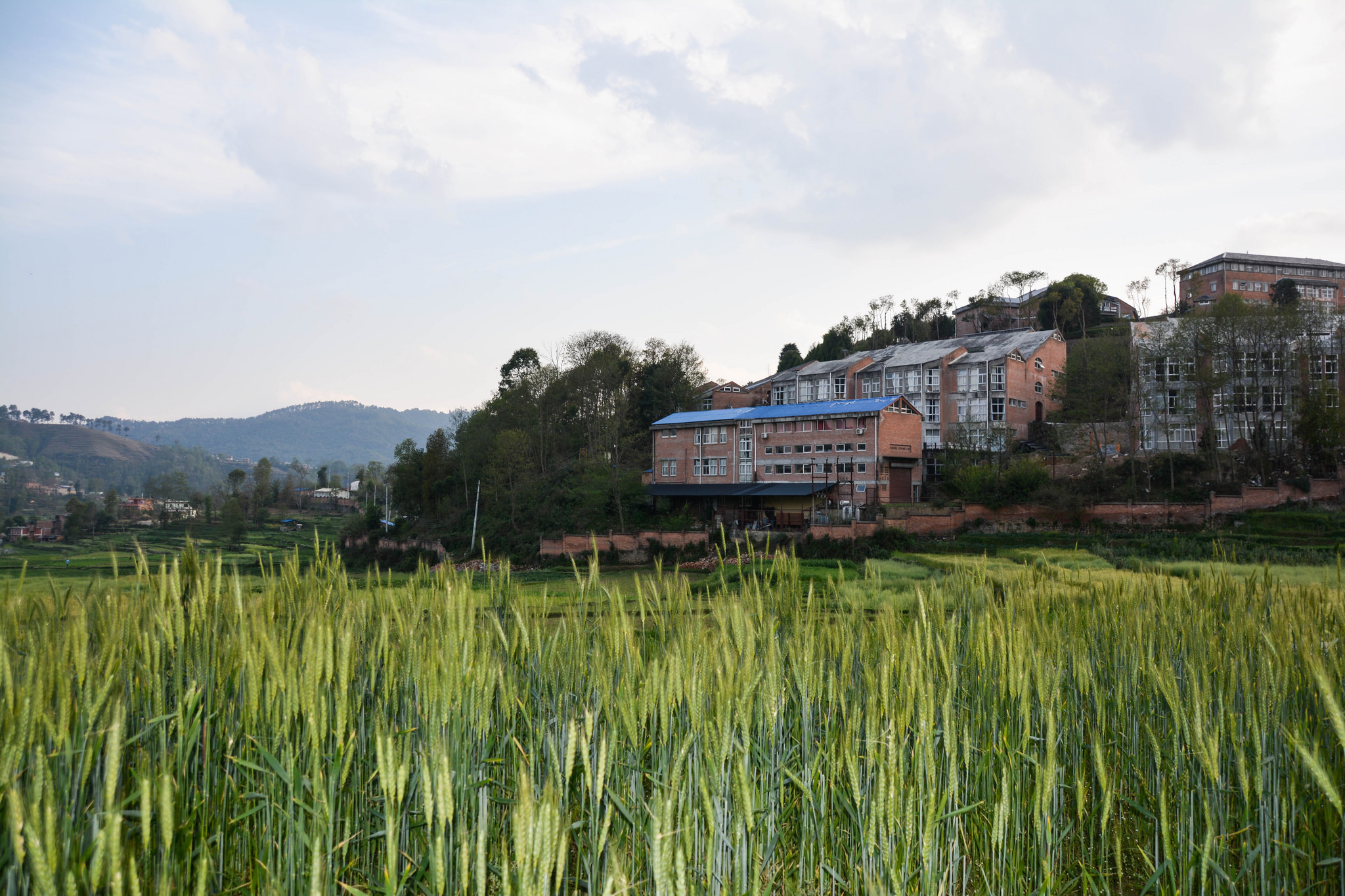
Cooperation across national borders
In 1991, Kathmandu University (KU) was established in Nepal. The aim was to start a new university to strengthen agriculture, business and industry in Nepal through education and research. The lack of Nepalese master's programmes in several engineering disciplines was a challenge.
A couple of decades later, KU has become one of Nepal's two leading universities. In 1993, Professor Inge Johansen at NTNU was asked to contribute as an adviser in the development of a bachelor's programme in engineering disciplines that was relevant to Nepal. Through funding from NORAD [The Norwegian Agency for Development Cooperation], among others, KU was able to launch programmes of study in engineering in the autumn of 1994.
The collaboration with NTNU and later SINTEF became important for several reasons. The hydropower resources in Nepal had potential for development. Both institutions focused on technology and science. The collaboration between NTNU and KU has centred on the development of teaching, exchange of teaching resources both ways, and student exchange. NTNU has educated several Nepalese PhD candidates. Some of these have returned to Nepal to contribute further to the development of the country.
In the years ahead, Asia will be a hub of hydropower development, and then expertise and education will be important to contribute to value creation in Nepal.
Photo: Thea Karlsen Løken/NTNU.
-
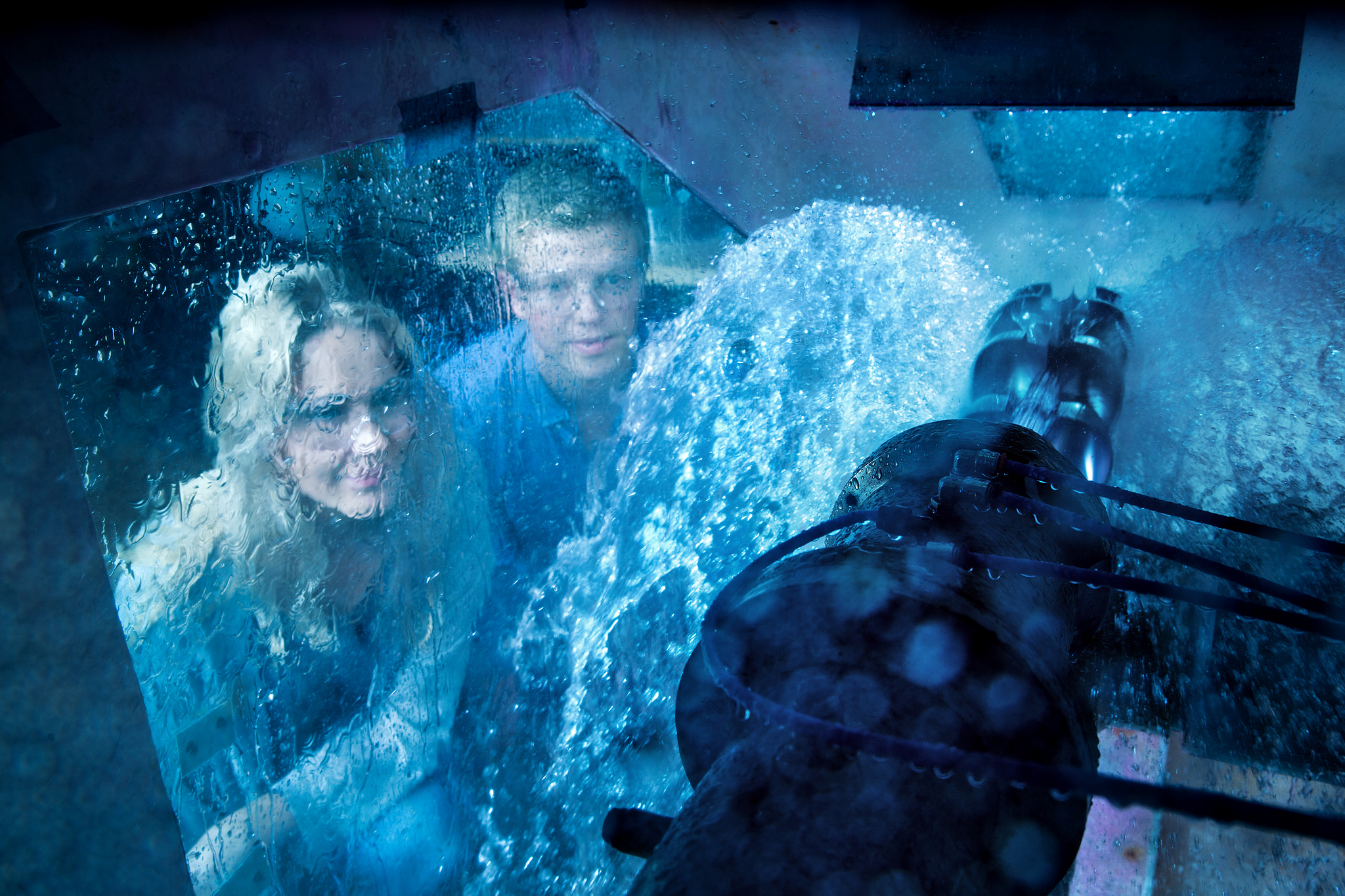
Hydropower of the future – Norway, a battery for Europe?
Although turbine technology has a long history in Norway, research and expertise in hydraulic machinery are still important and relevant. A large proportion of our older hydropower plants have started to feel the ravages of time, and there is a pressing need for renewal and upgrading of these plants.
Wind and solar energy make up an increasing proportion of today's power grid. This imposes more demanding requirements for frequency regulation and power reserves in the grid, which hydropower can offer. Research on more flexible hydropower machines that can operate smoothly in a variety of operating ranges is therefore important.
Norway also has unique potential to store energy in water reservoirs. This is the basis for the idea that Norway could function as a green battery for Europe. Electricity produced at low prices can be used to pump water up to storage in our water reservoirs through pumped storage plants. When needed, the water is released again to generate power that can be sold at a higher price.
To develop the technology, we need smart minds! The Waterpower Laboratory at NTNU educates the hydropower engineers of the future. Every year, about 10 master's degree students and 1 PhD candidate graduate from the laboratory. Before 1990, only two women had completed their master's degree here, but over the past five years, the ratio of women has exceeded 30 %.
Photo: Geir Mogen/NTNU.








